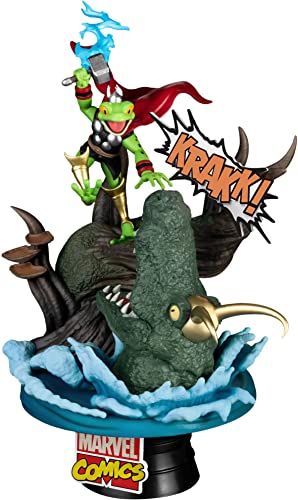It’s happening!!!
As some of you already know, I’m in the process of developing this beautiful and accurate Lineage, ESB, file into a grail 1/6 helmet for you guys.
I’m at the stage where some decisions need to be made before progressing, but first I’ll let you know what I’m trying to do to make this the best Fett helmet ever.
- Clear rangefinder.
- Metal rangefinder stalk.
- Metal pins/posts for attaching the ear coverings and range finder stalk articulation.
- Flexible 770580 dark smoky green welding face shield for the “T” visor.
- Custom cut 3M adhesive to attach the visor.
- Casio MQ-1 circuit board for the top 3 keyholes
- Accurate chin cup.
- And of course, the helmet itself, which is a cast of the original screen used helmet. Apparently there's a whole story behind it. You can read all about the "Lineage Fett Helmet" on the Dented Helmet site.
I have a 4K monochromatic printer. The resin I’m using is a combo of ABS like resin and a touch of rubbery resin, which makes for a strong impact resistant combo that can still produce the fine details for this project. This resin is easy to work with. It easily sands, you can drill into it easily, and it’ll take a drop from at least 4 feet without any damage. I have done the drop test seen in the video a few posts back, about 4-5 times now with the same helmet and it has survived every time without any fractures, or chips.
Now I need your input. Let me know your preferences regarding the questions below.
- Clean or “prop accurate” interior? There’s some nice little prop details under the dome, none of the electronics or anything like that, but just the physical details of the original mold. I could also add some styrene for extra strength, but I’m not sure that’s necessary, and if you get it prop accurate, you can decide later if you prefer to thicken it yourself. I’ve asked a few folks already what they prefer and everyone seems to prefer an untouched interior, but I don't have a consensus of everyone yet, so let me know your thoughts.
- Thin or thickened print? I had originally planned to make the helmet thicker, but the 1:1 prop is actually kind of thin. I’m making my own helmet a thin for accuracy. As demonstrated in my drop video, it will feel somewhat thin and slightly flexible, but don't let that fool you, it’s also surprisingly strong, just handle it with as much care as any Hot Toys helmet and you’ll never need to worry.
- Do it yourself kit, or assembled and hand painted by me? I'll be using the layering technique, Alcald metal base layer, stencils, and Archive-X acrylics. This is how I plan to paint mine. If you haven’t heard of Archive-X, they make screen accurate replicas of the paints originally used by ILM back in the day, and I believe they supply the paints for “The Mandalorian” for that reason. I'll be using the stencils from the Dented Helmet. Hand painting with stencils at 1/6 scale is laborious, detailed work, and I also work a full time job so it may take some time to complete, but if you are okay with that, then I want to do that for you.The end result should speak for itself.
let me know if there’s anything I have overlooked or not considered.
I’m working on sourcing some of the elements mentioned above, so I won’t have an accurate idea of what this will cost until I hear back from them, and get some feedback from you guys. Once everything is settled and determined I’ll post an interest thread.
I‘m making this something that will meet my own standards, and I’m crazy about details so ya'll get to benefit from my fevered brain.
































